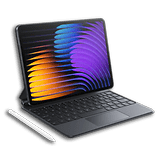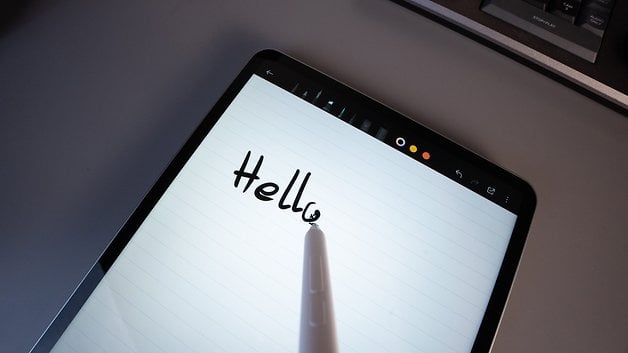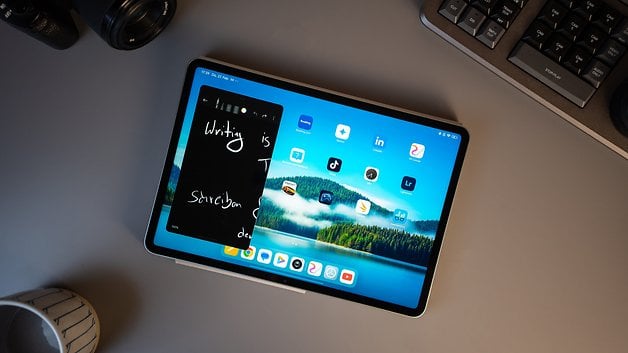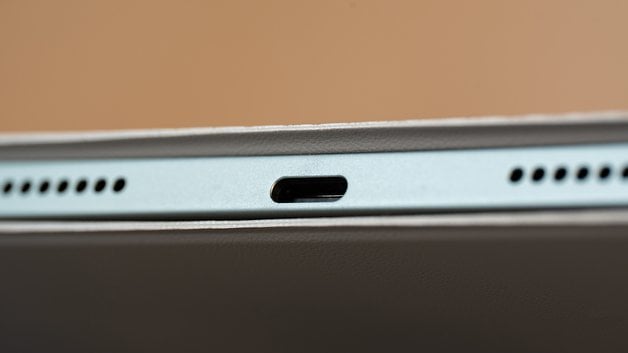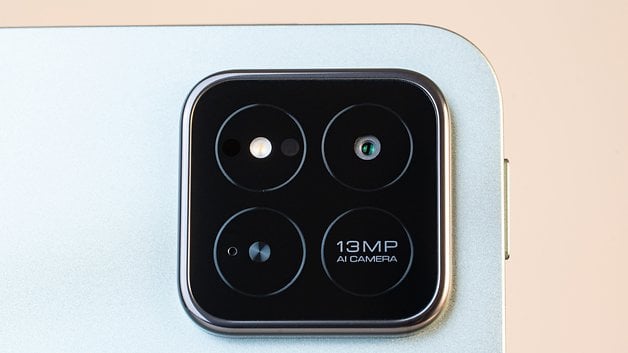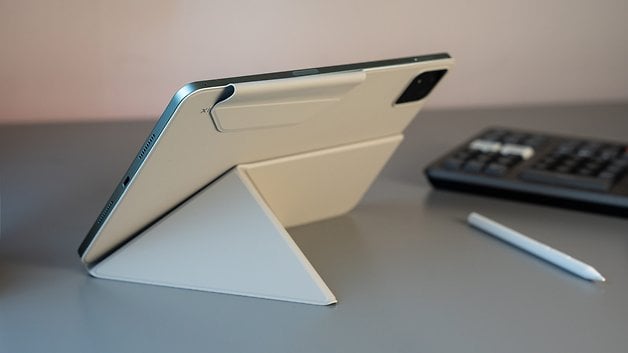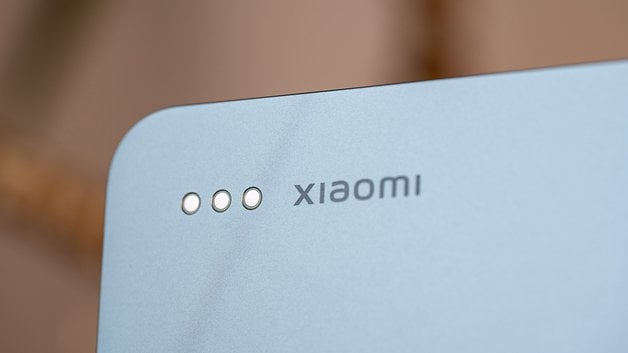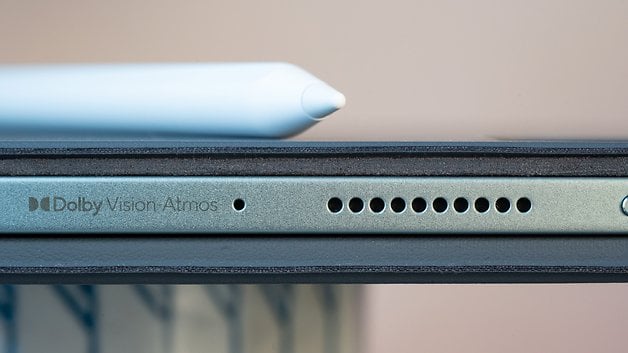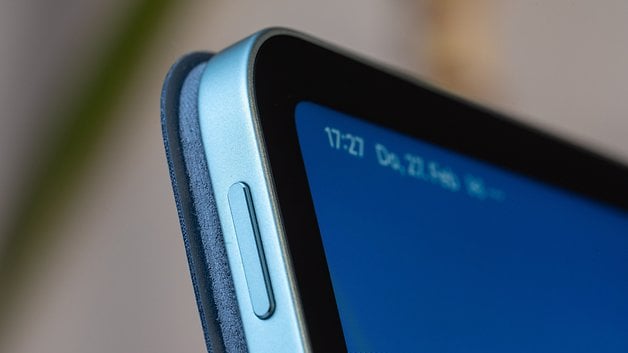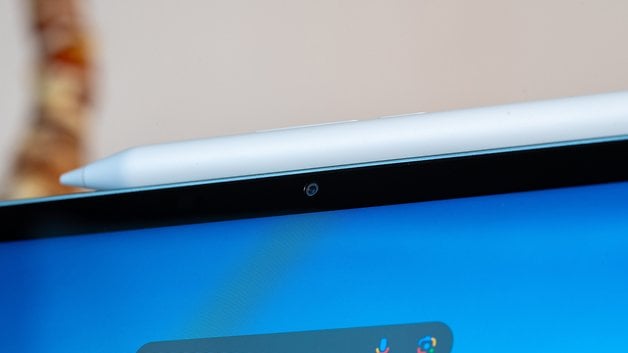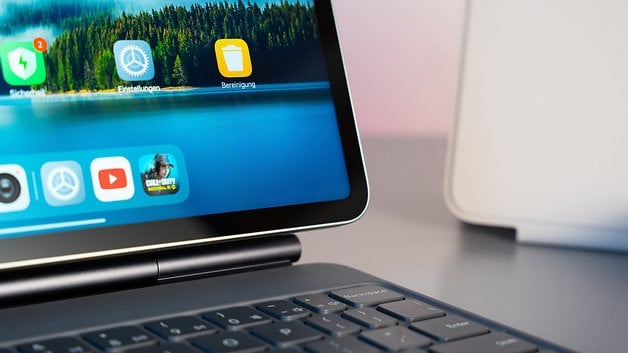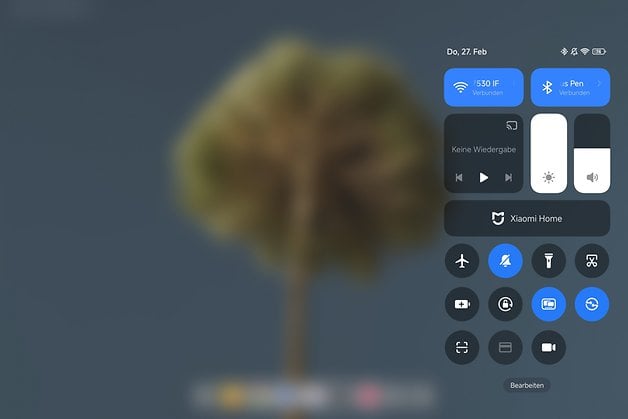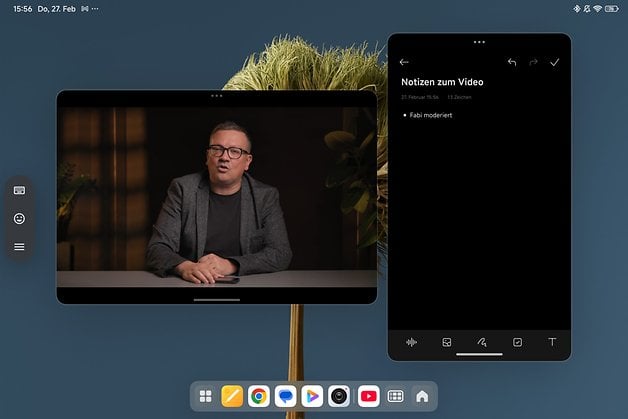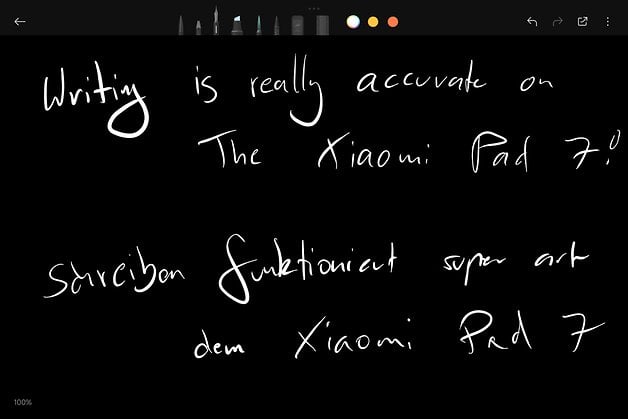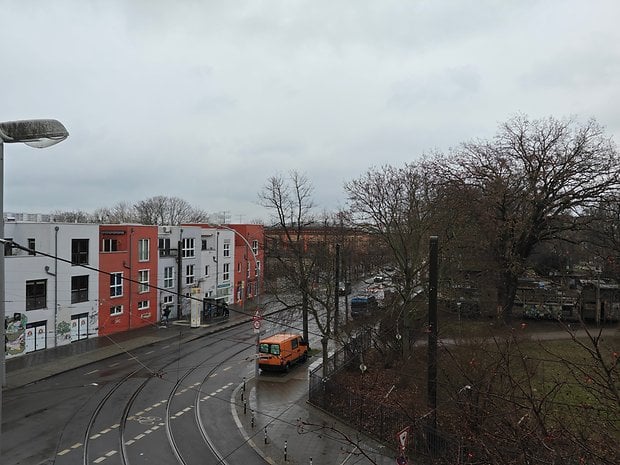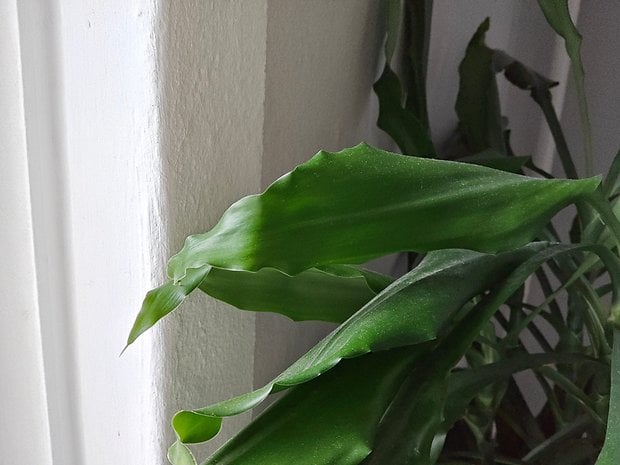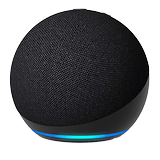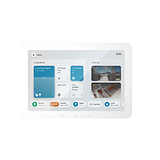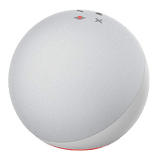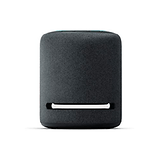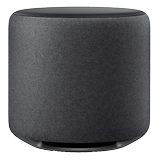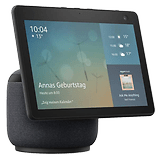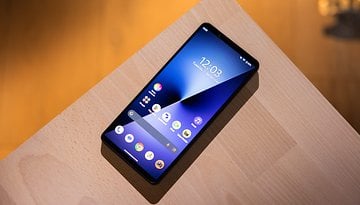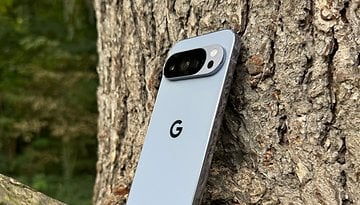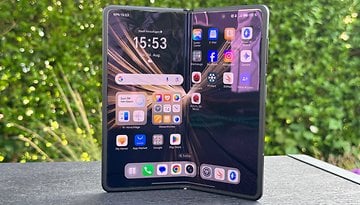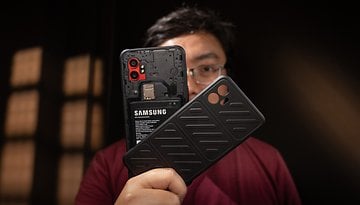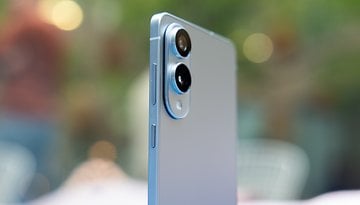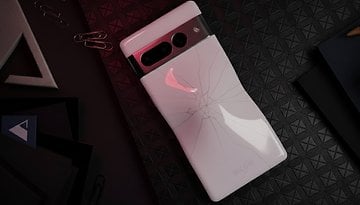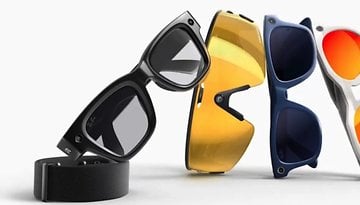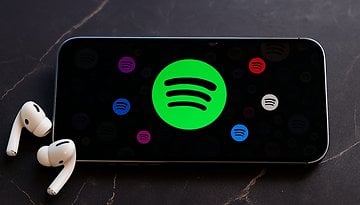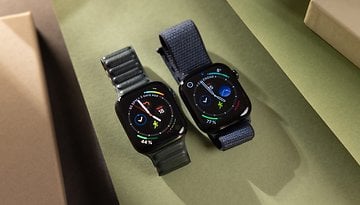Xiaomi Pad 7 Review: An iPad Pro Clone and (Rightly) Proud of It!
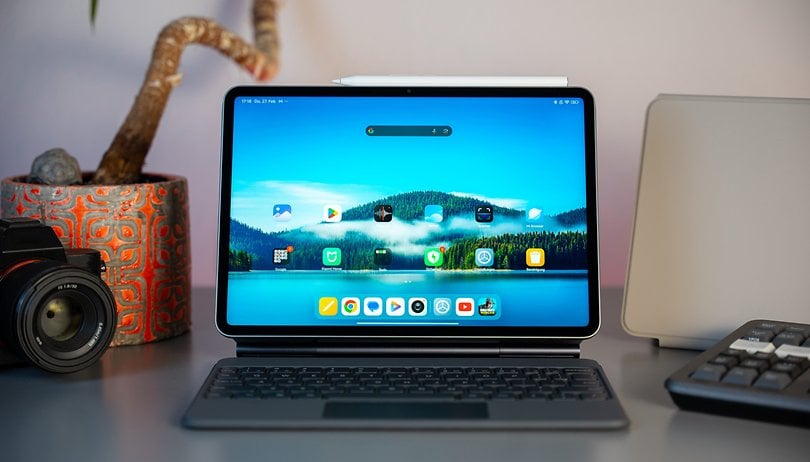

You don’t have to think too hard about which market-leading tablet inspired Xiaomi’s Pad 7! The latest Android tablet from the popular smartphone manufacturer bears a striking resemblance to the current-generation iPad Pro. Even the accessories look and feel like they could be straight from Apple. In this Xiaomi Pad 7 review, we explore whether this $400 iPad Pro clone delivers an impressive everyday experience!
Good
- Really great accessories
- Sophisticated software thanks to HyperOS 2
- Solid performance level for everyday use & gaming
- Good display
Bad
- Short update policy
- Maximum 256 GB of storage space
- Disappointing speaker performance
- No LTE or 5G version
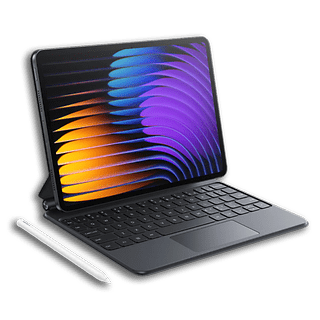
Design: Xiaomi Pad 7 unashamedly borrowed from Apple
| Design and Build Quality | |
|---|---|
| Dimensions |
|
| Weight |
|
| Material |
|
| IP certification |
|
| Speakers |
|
The Xiaomi Pad 7 looks like an iPad (comparison) at first glance. The design boasts the same advantages as Apple. The Xiaomi tablet is beautiful and slim thanks to a case thickness of just 6 mm. Tipping the scales at just 500 g, this makes it more mobile than most notebooks. However, due to the thin bezels, it is not that easy to hold, similar to the Apple model.
However, the bezels are nicely symmetrical and there is a horizontal front camera. I personally like the fact how a waterdrop notch design was skipped here, as is often found in Samsung tablets. The same applies to the magnetic holder for the optional Xiaomi stylus, which charges inductively when attached.
At this point, I would like to talk about the accessories. It is simply ingenious for Xiaomi to integrate a kind of "holding tab" for the stylus in the cheapest magnetic cover. If you were to flip it over, the stylus is much better protected from flying off than with other solutions. In general, there's hardly anything to criticize about Xiaomi's accessories.
The optional keyboard case known as Focus Keyboard comes close to Apple's Magic Keyboard in terms of design and build quality. The tablet even floats magnetically a few millimeters above the keyboard and is automatically connected to it via the contact points located behind. This holds the advantage of the Xiaomi keyboard not remaining connected when the tablet and accessory are disconnected, unlike Huawei's Bluetooth solution. However, it is regrettable that Xiaomi, like Apple, did not integrate a USB-C charging port.
However, the USB-C port is available on the tablet and is sufficiently powerful with USB 3.2 Gen 1. For instance, you can use external SSDs with up to 5 Gb/s or connect to an external display. Together with a Thunderbolt display, this configuration makes for a pleasant notebook replacement.
Ultimately, the only thing I have to criticize about the design of the Xiaomi Pad 7 is the speakers. They sound very weak and are more reminiscent of mediocre smartphone speakers than tablet speakers. Despite having four speakers in the Xiaomi Pad, Apple managed to achieve significantly better performance in their offering.
Display: OLED is missing in the Xiaomi Pad 7
| Display | |
|---|---|
| Display technology |
|
| Resolution |
|
| Refresh rate |
|
| Stylus support |
|
With a high resolution of 3.2K, a fast refresh rate of up to 144 Hz, and a brightness of up to 800 nits, we can expect a high-performance display in the Xiaomi Pad 7. Although the display has a good feature set, a glance at the competition reveals the inferiority of the €400 tablet.
Samsung, for instance, offers a 14.6" AMOLED display with a peak brightness of up to 930 nits in its Galaxy Tab S10 Ultra (review). Apple, on the other hand, relies on mini-LED and thus achieves brightness levels of up to 1,600 nits for HDR content. In addition, both manufacturers offer less reflective versions of their displays, which makes working outdoors more pleasant. With the MatePad 11.5 S, Huawei also offers an affordable tablet with a matte display. With Xiaomi, you have to spend at least €649 for the Pro model.
While Xiaomi's display is inferior on paper, the 11.2-inch panel is impressive in everyday use. The contrast of the modern LCD panel is high enough to almost pass for an OLED display. Thanks to the high refresh rate, Xiaomi's HyperOS is also particularly fast. Xiaomi also sent us the "Focus Pen" stylus, which I would like to discuss briefly.
Just like Apple, Samsung, and Huawei, it is impressive how precise tablet styluses have become in 2025. Like Samsung's S-Pen, Xiaomi's stylus also boasts special functions that are useful for presentations in the office. Presentations can be controlled via the three buttons and, in the good old Wiimote style, marks can be conjured up on the display using magic wand gestures. Whenever your palm touches the screen unintentionally, those touches are reliably ignored, making it very convenient to write down notes.
Xiaomi even managed to ensure that entering text via handwriting recognition doesn't suck completely. Android fans will find it a good alternative to the Apple Pencil here!
Software: Which operating system does the Xiaomi Pad 7 come with?
| Software | |
|---|---|
| Software |
|
| Update policy |
|
One of the reasons why Apple's iPad is so suitable as a notebook replacement is how manufacturers like Xiaomi want to imitate it: The software. With HyperOS 2, we discovered a heavily customized Android 15 on the Xiaomi Pad 7, relatively speaking. And this shines with perhaps the best tablet optimizations I have come across in the Android world.
Admittedly, I haven't reviewed a Samsung tablet for a while and I know that OneUI is still very popular. With Xiaomi, however, the operating system appears even more organic due to the closer resemblance to iPadOS. If we were to connect a keyboard, for example, we find a quick menu on the left side, which we can also use to display a virtual keyboard. When removing the external keyboard, the Xiaomi Pad 7 never gets confused and does not display a virtual keyboard. These are problems that I have always had to live with on other Android tablets.
The workstation mode in HyperOS 2 was also impressive. In this mode, Android functions more like a desktop operating system, so we have floating and freely movable windows. As you can see in my screenshots, I can watch a YouTube video and take notes simultaneously. Xiaomi does this really well, there is no lag, and when connecting it to an external display. This makes HyperOS close to a fully-fledged operating system.
Xiaomi also integrated some AI functions into the tablet, but they don't go as far as Apple Intelligence or Google's Gemini. We can begin context-based searches, remove objects and people from images, and much more. If you like, you can also use Gemini here, where we find it to offer an advantage over Huawei tablets.
Last but not least, Xiaomi's update policy is very disappointing. While some smartphones already receive security updates for five years, Xiaomi stated three years of security updates and a mere two additional Android versions. This is no longer par-for-the-course and significantly shortens the tablet's shelf life.
Performance: Xiaomi Pad 7 powered by Qualcomm
| Performance | |
|---|---|
| Processor |
|
| Memory |
|
| Storage |
|
| Connectivity |
|
| Memory expansion |
|
Let's draw another comparison with Huawei: Xiaomi can play its ace in terms of hardware as a Chinese manufacturer still relies on powerful Qualcomm chips. With the Snapdragon 7+ Gen 3, we find a fast mid-range SoC from November 2023 in the Android tablet. This is paired with either 8 or 12 GB of fast UFS 4.0 RAM. Unfortunately, only UFS 3.1 is used for mass storage. The storage capacity is also quite limited with a maximum capacity of 256 GB. The Pad 7 is, therefore, not a suitable notebook replacement.
However, let's take a look at the benchmark performance! Unfortunately, there are also limitations here. Our standard 3D Mark benchmark does not work on the Xiaomi tablet. Instead of being able to download the required benchmark tests, the app delivered an error message. It mentioned how some manufacturers blacklist the servers required for the download. Since Xiaomi already blocked benchmarks in the past, it is obvious that this is the cause of the problem. Over to the results now:
| Xiaomi Pad 7 | Huawei MatePad 11.5 S | Apple iPad Mini (2024) | OnePlus Pad 2 | Samsung Galaxy Tab S9 FE | |
|---|---|---|---|---|---|
| 3D Mark Wild Life | Not possible | 1,057 | 2,785 | - | - |
| 3D Mark Wild Life Stress Test (Extreme¹) | Not possible | Best loop: 1,052 |
Best loop: 3,628 |
Best loop: 4,564 Worst loop: 3,666 Stability: 80.3 % |
Best loop: 846 Worst loop: 842 |
| Geekbench 6 | Single: 1,846 |
Single: 1,191 Multi: 3,907 |
Single: 2,912 Multi: 7,182 |
Single: 2,133 Multi: 6,353 |
Single: 1,024 Multi: 2,940 |
As the benchmarks suggest, the Xiaomi Pad 7 delivered a really satisfactory Android experience in everyday use. Apps load within a few moments, we can even perform more demanding tasks such as image editing in Adobe Lightroom and mobile games can be played without any restrictions. We tested games like Asphalt Legends, NFS No Limits, and Call of Duty: Mobile. In each case, the Xiaomi Pad 7 was able to handle these games with the highest graphics settings enabled without any issue.
Unfortunately, the stress test from 3D Mark could not run to be able to form an assessment of the tablet's thermal management. In my experience, thermal throttling, i.e. a drop in performance due to overheating, was not an issue when it came to the the Xiaomi tablet.
A look at the transmission standards is far more annoying. Instead of WiFi 6E, I would have liked to have seen WiFi 7 in the Xiaomi tablet. The manufacturer's current smartphones already use the new WiFi standard. In addition, USB 3.2 Gen 2 would have ensured higher data transfer rates. This would have been advantageous when working with external hard drives. We also miss out on the availability of a version with a cellular modem sonewhat.
Overall, however, the performance of the Xiaomi Pad 7 proved impressive. With the optional keyboard cover and the extensive operating system, it is a useful, ultra-portable notebook replacement with limited memory.
Camera
| Camera | |
|---|---|
| Main camera |
|
| Ultra wide-angle camera |
|
| Telephoto camera |
|
| Front camera |
|
| Max. Video resolution |
|
The year before last, nextpit reviewed the Xiaomi Pad 6, we primarily criticized the "cheat package" in the camera. Yes, the rear camera of the Xiaomi Pad 7 also promised more than it could deliver in the end. The rather large, square camera element only housed a single 13 MP camera. The three other circles in the element are fake or house a flash or a microphone.
Even though I don't like such attempts at deception, I'm not particularly bothered by them. In my opinion, cameras are negligible on tablets, and the cameras on the Xiaomi Pad 7 are sufficient for scanning documents or making video calls. While the rear camera with its autofocus is probably not going to see much action, Xiaomi could have paid more attention to the front camera.

The placement of the front camera on the long side of the display is better than those found on many older tablet models. However, the quality is not particularly high without autofocus. The fact that Xiaomi uses the camera for facial recognition without infrared sensors or dot matrices like on the iPad is also a security risk. Although unlocking the tablet via the front camera is practical, the manufacturer warned during the setup process that photos could also be used to unlock the device.
A brief thought about the video functions: A maximum 4K resolution at 30 frames per second for video recording is possible via the rear camera. The front camera only manages 1,080p at 30 fps. The fact that Xiaomi has built a professional director mode into the camera app is almost funny considering the camera configuration!
Battery & charging
| Rechargeable battery | |
|---|---|
| Battery capacity |
|
| Charging speed |
|
With an 8,850 mAh battery, the Xiaomi Pad 7 promises a long-lasting battery life on paper. The same applied to its predecessor, which was less impressive in the review. Perhaps Xiaomi worked on the energy efficiency of the operating system or Matthias and I have very different usage patterns. For me, the Xiaomi tablet was a thoroughly reliable everyday companion.
I mainly worked on the small tablet and wrote this review with it. However, videos on YouTube or mobile games were by no means atypical loads for the battery. In my estimation, running times of 8 - 10 hours without needing the help of a nearby power socket are possible. Mind you, I set the refresh rate of the display to "up to 144 Hz" and usually set the brightness of the display to maximum.
This impression was underlined by the PC Mark Work 3.0 battery benchmark, which simulated continuous use of the tablet. Here, the tablet lasted just under 10 hours. When the battery of the Xiaomi Pad 7 runs low, we can also enjoy fast charging with 45 W. The charging table looks like this:
Xiaomi Pad 7 charging times
| Battery level | Charge time |
|---|---|
| 5 % | 0 h 0 m |
| 15 % | 0 h 15 m |
| 30 % | 29 m 20 m |
| 50 % | 54 m 10 s |
| 75 % | 1 h 30 m |
| 100 % | 2 h 05 m |
Should You Buy the Xiaomi Pad 7?
After a lengthy review, we have arrived at a rather brief conclusion: With the Xiaomi Pad 7, you end up with an amazingly good Android tablet. Its qualities do not necessarily lie in a thick bunch of specifications. Rather, it is the excellent accessories and the customized operating system that make the tablet a good everyday companion. The display also proved to be impressive, offering great image quality despite using LCD technology and the lack of a matte coating option. The precise pen input is in no way inferior to competitors such as Apple and Samsung.
In terms of performance, the integrated Snapdragon SoC was impressive in both everyday use and gaming. However, it is regrettable that there is only a maximum capacity of 256 GB of storage space. Let's move on to some of its disadvantages: The Xiaomi Pad 7 has rather inadequate speakers and does not offer particularly good cameras. However, they are sufficient to scan documents and make video calls. Anyone looking for a tablet with an Internet connection will have to look elsewhere.
Overall, the Xiaomi Pad 7 together with the Focus Pen and Focus Keyboard is a very good alternative to Apple's iPad Pro models, while saving you a pretty penny in the process. If you want to live a more austere life or already own a Xiaomi smartphone, you should give it a chance!
Where to Buy the Xiaomi Pad 7
The Xiaomi Pad 7 was officially unveiled at the MWC 2025 in Barcelona. You will have to fork out at least €399.90 for the tablet—around $415. You can choose between 8 + 128 GB and 8 + 256 GB variants. If you want more storage space, you will have to be prepared to pony up €449.90 ($467). Note that the Xiaomi Pad 7 is not officially available in the US, and all pricing details here are in euros (€).
The available colors are Graphite Grey (which we reviewed), Mirage Purple, and Sage Green. Included accessories are the Focus Pen for its stylus and the Focus Keyboard. We will update the respective prices as soon as we get hold of them!
In addition to the Pad 7, Xiaomi also introduced a Pro version. This model will arrive with a maximum of 512 GB memory, offers 12 GB more RAM, and a matte display variant will also be available.
